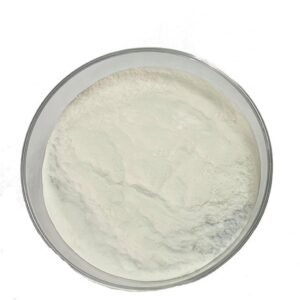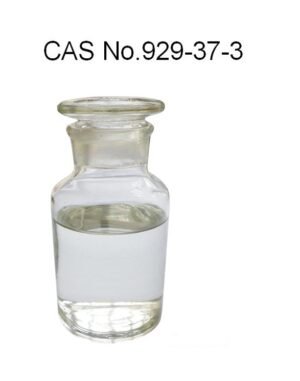2-Hydroxyethyl acrylate (2-HEA) is a chemical compound belonging to the class of acrylate esters. Here are some key points about 2-hydroxyethyl acrylate:
- Chemical Structure: 2-Hydroxyethyl acrylate has the chemical formula C5H8O3 and the molecular structure CH2=CHCOOCH2CH2OH. It contains a vinyl group (CH2=CH-) and a hydroxyethyl group (CH2CH2OH).
- Physical Properties:
- Appearance: 2-Hydroxyethyl acrylate is a clear, colorless liquid at room temperature.
- Odor: It may have a characteristic acrylate odor.
- Solubility: It is soluble in a wide range of organic solvents but only slightly soluble in water.
- Synthesis: 2-Hydroxyethyl acrylate is typically synthesized through the reaction of acrylic acid with ethylene oxide, resulting in the formation of the hydroxyethyl ester.
- Applications:
- Polymerization: 2-HEA is commonly used as a monomer in the production of various polymers and copolymers through polymerization processes, particularly in the synthesis of hydrophilic polymers with improved adhesion and flexibility properties.
- Coatings and Adhesives: It is employed in the formulation of coatings, adhesives, and sealants due to its ability to improve the adhesion, flexibility, and weatherability of the final products.
- Medical and Healthcare: 2-HEA-based polymers find applications in the medical and healthcare sectors, including in the development of biomedical materials, drug delivery systems, tissue engineering scaffolds, and medical adhesives.
- Textiles: 2-HEA-based polymers can be applied as coatings or finishes on textiles to impart water repellency, stain resistance, and durability.
- Photopolymerization: 2-Hydroxyethyl acrylate is also used in photopolymerization processes, where it undergoes rapid polymerization under ultraviolet (UV) or visible light to form crosslinked networks.
- Health and Safety Considerations:
- 2-Hydroxyethyl acrylate should be handled with care, and exposure to the skin, eyes, or respiratory system should be avoided.
- It may cause irritation to the skin, eyes, and respiratory tract upon contact or inhalation of vapors.
- Adequate ventilation and personal protective equipment (PPE), such as gloves, goggles, and respiratory protection, should be used when working with 2-HEA to minimize exposure risks.
- Environmental Impact:
- 2-HEA may have limited environmental impact if released into the environment. However, appropriate measures should be taken to prevent spills, leaks, or releases during handling and storage.











Reviews
There are no reviews yet.